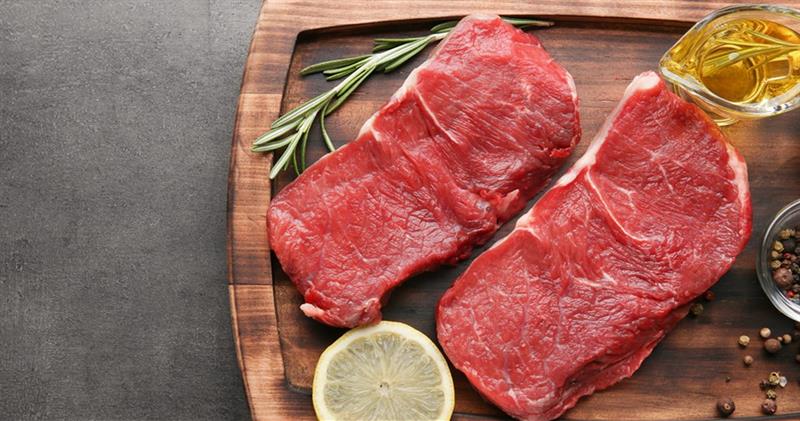December 15th 2022
Ministry of Health meat slaughter guidelines
by Ministry of Health
BUTCHER REGISTRATION IS CURRENTLY ONGOING AND WILL END ON DECEMBER 22.

Animal slaughtering in Saint Lucia occurs on a weekly basis in abattoirs around the island. The process is guided by procedures set by various different agencies, in order to maintain product and service quality to the general public.
In keeping with tradition, abattoirs become busier during the month of December, as more people purchase meat for the Christmas festivities. As a result, the Ministry of Health has joined forces with the Ministry of Agriculture to ensure best practices are kept during the increase in production.
Environmental Health Officer, Sementha Tisson, speaks on the guidelines required to run a slaughterhouse.
“To run a slaughterhouse, butchers must ensure to have the following: running water, a concrete slab, waste and wastewater management, and a hand washing facility with soap. Good personal hygiene must also be observed. Workers should wear proper hair covering, butcher’s helpers should be dressed appropriately, and have valid health certificates. There is no smoking or eating while handling meats and meat products, and jewelry should not be worn during slaughtering.”
Tisson said butchers who fail to follow the set procedures risk losing their products. Once the meat receives a passing grade, it is stamped and approved for sale. Live animals will be tagged by the Ministry of Agriculture and must be approved 24 hours before slaughter and repeated if the slaughter is delayed over a day.
Columbus Philippe, Livestock Officer in the Ministry of Agriculture, said: “The major objectives of ante mortem inspection are to screen all animals destined to slaughter; to ensure that animals are properly rested and are treated humanely; to ensure that proper clinical information which will assist in disease diagnosis and judgement is obtained; to reduce contamination of carcasses by extraneous matter; and to identify reportable animal diseases; to prevent sick, pregnant, and those treated with antibiotics, chemotherapeutic agents, insecticides and pesticides from slaughter.”
Philippe said the process must include a full exam of the animal, both in rest and in motion.
Behavior, nutritional status, cleanliness, signs of diseases and abnormalities are all key checkpoints during the examination.
“Some of the abnormalities which are checked on examination include: respiration, behaviour, gait, posture, structure and conformation, discharges and protrusions from body orifices, skin and mucosa color and odor. Inspector's ante mortem judgement must be performed at the admission of animals. Animals showing signs of disease should be held for further veterinary examination.”
A butcher must be registered with the Ministry of Health if they are to slaughter and sell meat and meat products. Registration is currently ongoing and will end on December 22.

TO RECEIVE NEWS NOTIFICATIONS VIA WHATS APP PLEASE SAVE OUR NUMBER AND SEND US A MESSAGE AT 7584896261 AND WE WILL ADD YOU TO OUR LIST








